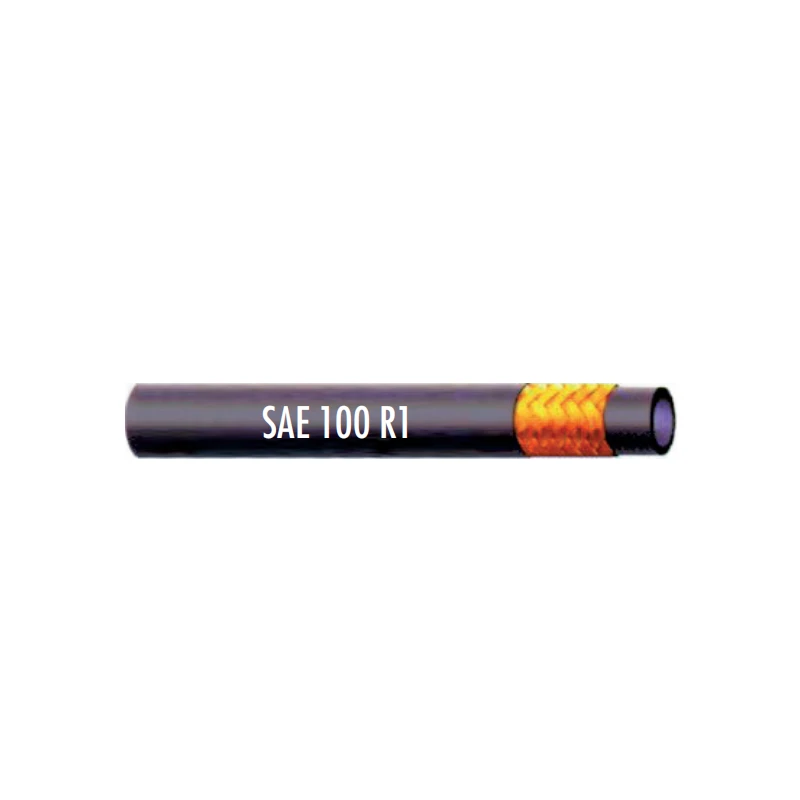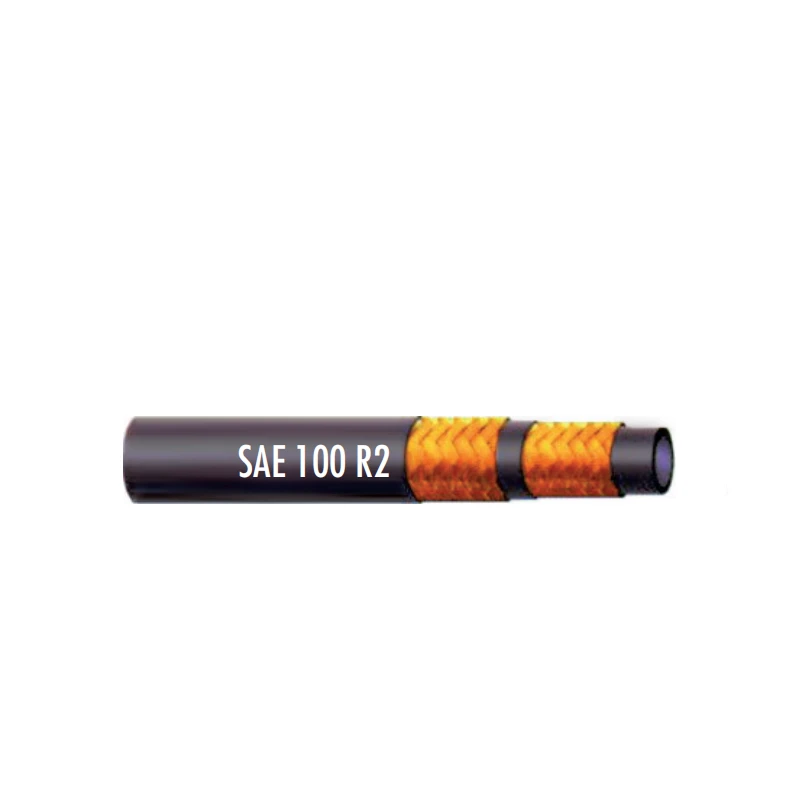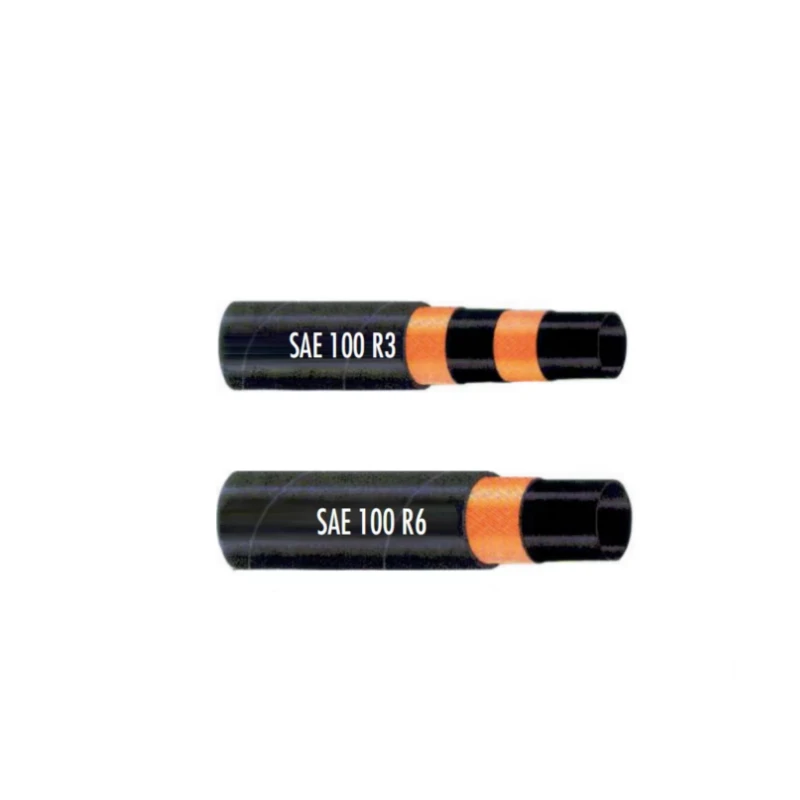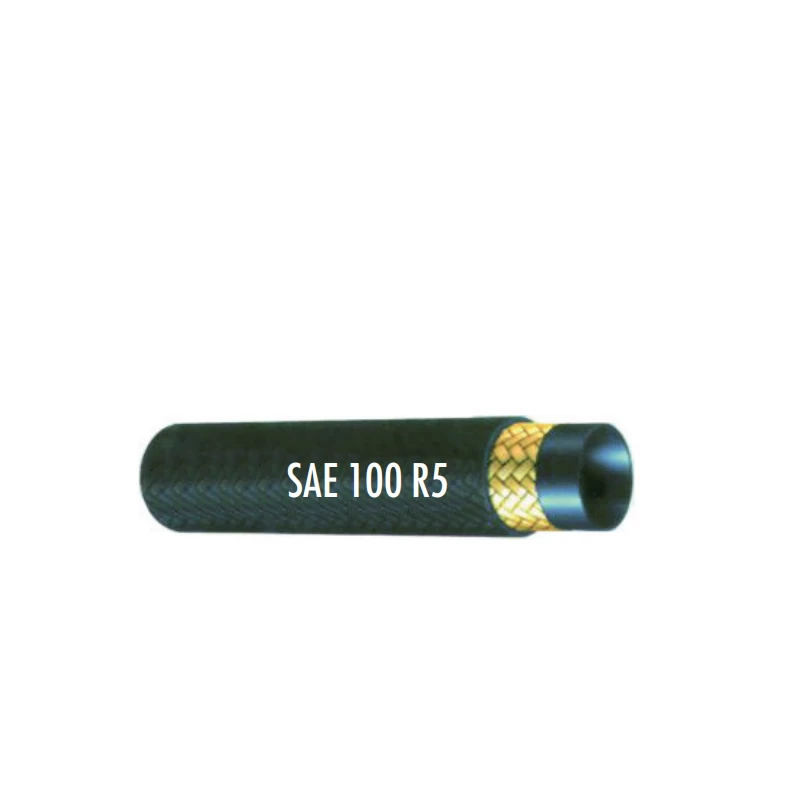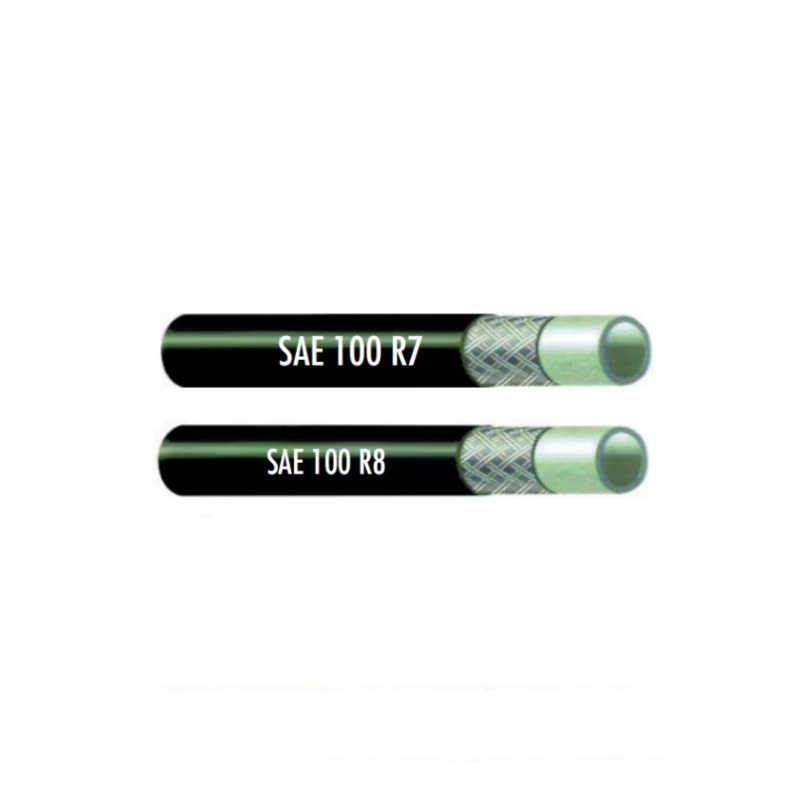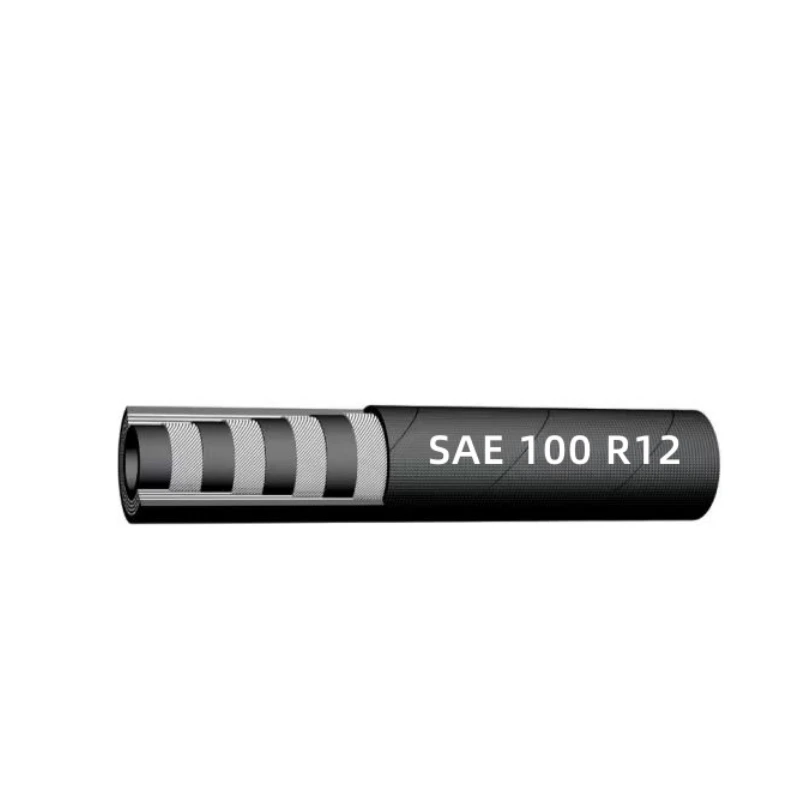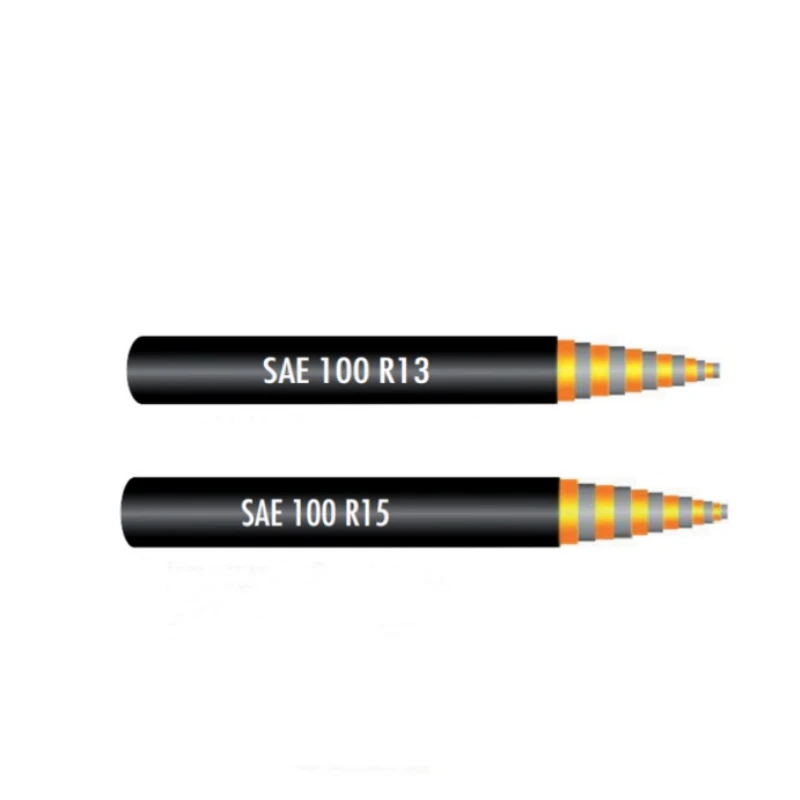
- Afrikaans
- Albanian
- Amharic
- Arabic
- Armenian
- Azerbaijani
- Basque
- Belarusian
- Bengali
- Bosnian
- Bulgarian
- Catalan
- Cebuano
- Corsican
- Croatian
- Czech
- Danish
- Dutch
- English
- Esperanto
- Estonian
- Finnish
- French
- Frisian
- Galician
- Georgian
- German
- Greek
- Gujarati
- haitian_creole
- hausa
- hawaiian
- Hebrew
- Hindi
- Miao
- Hungarian
- Icelandic
- igbo
- Indonesian
- irish
- Italian
- Japanese
- Javanese
- Kannada
- kazakh
- Khmer
- Rwandese
- Korean
- Kurdish
- Kyrgyz
- Lao
- Latin
- Latvian
- Lithuanian
- Luxembourgish
- Macedonian
- Malgashi
- Malay
- Malayalam
- Maltese
- Maori
- Marathi
- Mongolian
- Myanmar
- Nepali
- Norwegian
- Norwegian
- Occitan
- Pashto
- Persian
- Polish
- Portuguese
- Punjabi
- Romanian
- Russian
- Samoan
- scottish-gaelic
- Serbian
- Sesotho
- Shona
- Sindhi
- Sinhala
- Slovak
- Slovenian
- Somali
- Spanish
- Sundanese
- Swahili
- Swedish
- Tagalog
- Tajik
- Tamil
- Tatar
- Telugu
- Thai
- Turkish
- Turkmen
- Ukrainian
- Urdu
- Uighur
- Uzbek
- Vietnamese
- Welsh
- Bantu
- Yiddish
- Yoruba
- Zulu

Ogo . 02, 2025 08:00 Back to list
Durable Floating Dredge Hoses for Efficient Marine Operations | Heavy-Duty
The evolution of floating dredging hose technology has greatly enhanced the efficiency, safety, and sustainability of offshore and marine operations. Today, market demand for floating dredging pipe, floating hose, floating oil hose, and other variants such as floating rubber hose and self floating hose is higher than ever, especially in industries like dredging, oil & gas, harbors, and environmental remediation.
This guide provides an expert dive into product structure, industry trends, technical parameters, manufacturing process, application cases, and purchase advice. Discover why floating dredging hose is the premier choice for challenging offshore environments.
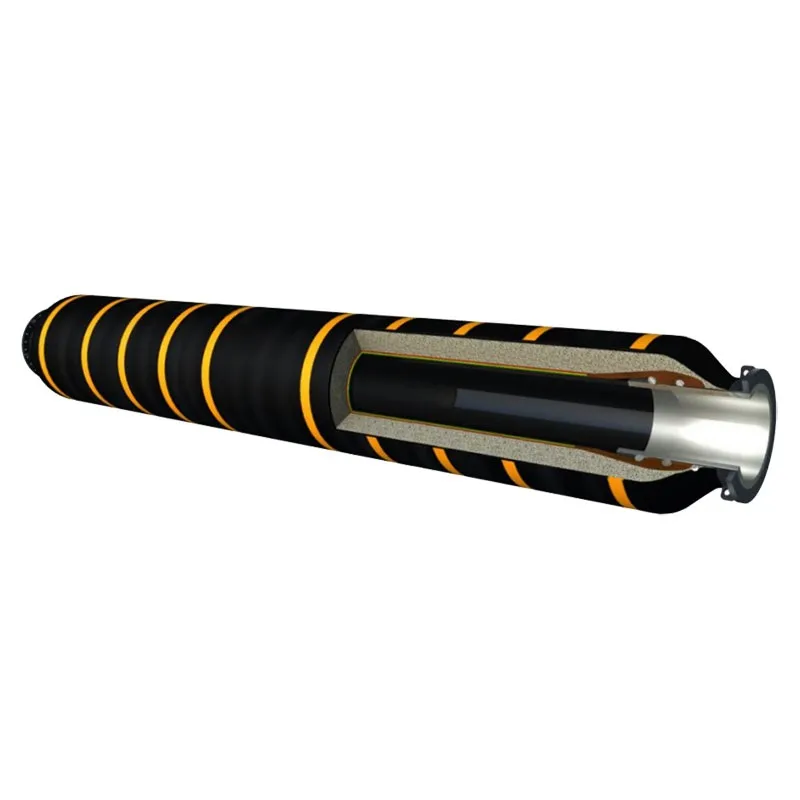
The global floating hose offshore market is anticipated to witness a CAGR of 6.3% from 2023-2028 (Source: Market Research Future). Growing dredging and oil transshipment needs, as well as stricter environmental and safety regulations, are key driving factors.
- Asia-Pacific leads usage, accounting for over 40% of the demand in 2023.
- Key applications: river dredging, port construction, offshore oil transfer, and reclamation.
- Materials innovation (e.g., advanced rubber, fiber reinforcement) is extending self floating hose service life beyond 10 years.
- Certifications such as ISO 28017 and API 17K are becoming the industry baseline.
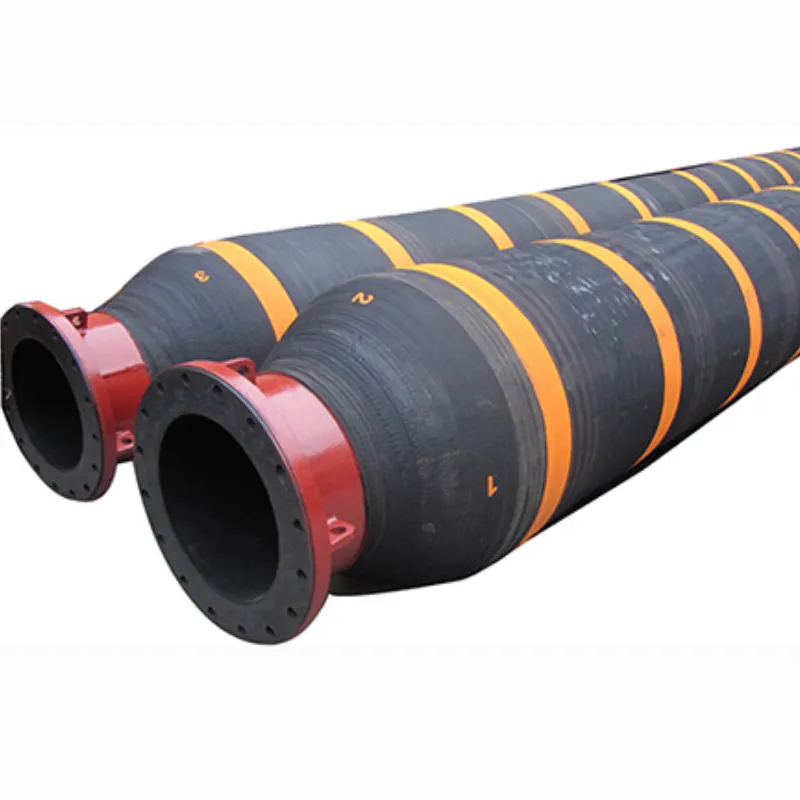
Floating Dredging Hose Construction:
A high-quality floating dredging hose is engineered for tough marine environments using multi-layered designs. The principal construction layers typically include:
- Inner Tube: Abrasion-resistant NR/SBR synthetic rubber to safely convey slurry, mud, or oil.
- Reinforcement: Multiple layers of high tensile strength synthetic cord fabric plus spiral steel wires, providing burst resistance and flexibility.
- Buoyancy Layer: Closed-cell foam for reliable floatation and kink resistance (PU or EVA foam).
- Outer Cover: UV and saltwater-resistant synthetic rubber (e.g. CR/EPDM), with anti-corrosive, anti-wear properties.
- End Fittings: Fixed or swivel flanges, built to international standards (ANSI, JIS, DIN).
Nominal Diameter: 150mm (6”) to 1200mm (48”)
Working Pressure: 0.5 MPa to 2.5 MPa (72.5-362 psi)
Burst Pressure: 1.5x working pressure
Bending Radius: ≤ 7–12 times OD
Temperature Range: -20°C to +80°C
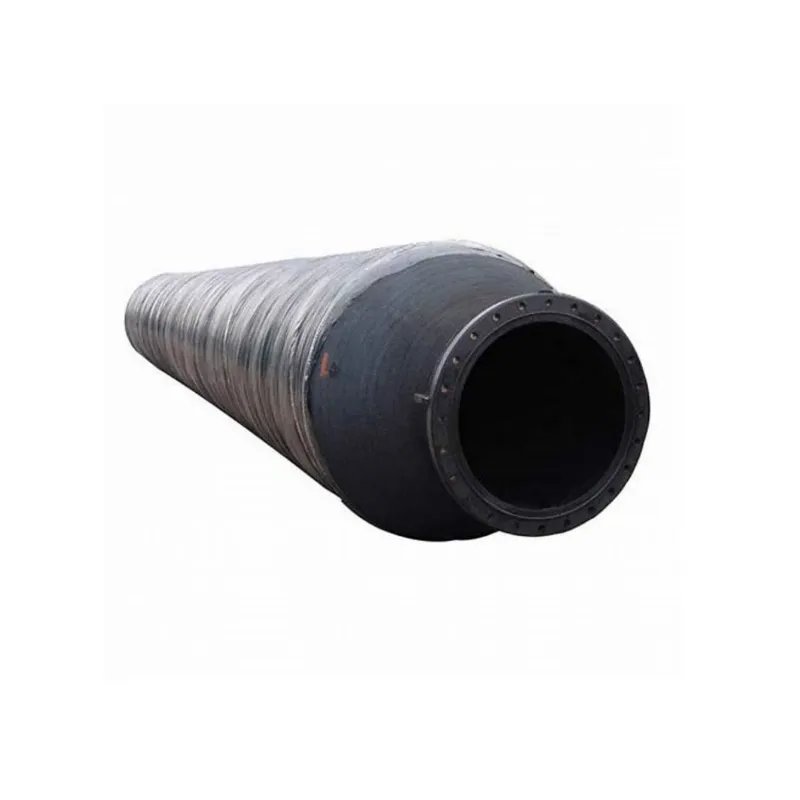
| Type | Diameter Range (mm) | Working Pressure (MPa) | Buoyancy (kg/m) | Temperature Range (°C) | Liner Material | Standard |
|---|---|---|---|---|---|---|
| Floating Dredging Hose | 150-1200 | 0.5-2.5 | 12-32 | -20~+80 | NR/SBR | ISO 28017/API 17K |
| Floating Oil Hose | 100-700 | 1.0-2.5 | 15-27 | -20~+60 | NBR/Neoprene | OCIMF/GMPHOM 2009 |
| Floating Rubber Hose | 200-800 | 0.8-2.0 | 14-25 | -20~+70 | NR/SBR | ISO 28017 |
| Submarine Hose | 150-1000 | 1.0-2.5 | — | -20~+65 | NBR/CR | API 17K/ISO 13628 |
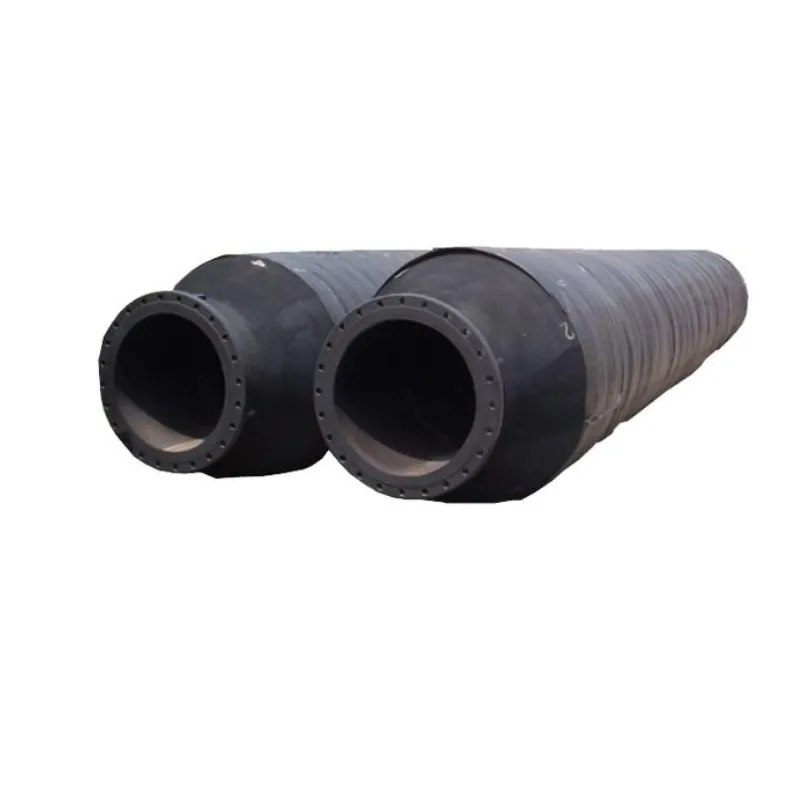
Floating dredging hoses and their related systems are deployed across diverse marine and industrial scenarios:
- ✔ Port and Harbor Construction: Dredging, land reclamation, and expansion.
- ✔ Offshore Oil & Gas: Floating oil transfer hoses (OCIMF certified) for SPM, FPSO, and CALM buoy systems.
- ✔ River & Reservoir Dredging: Silt/mud transport, environmental protection (lower turbidity design).
- ✔ Mining & Metallurgy: Slurry, tailings, ore, sand pumping.
- ✔ Emergency Oil Spill Response: Floating oil hoses (NBR liner).
- ✔ Submarine Hoses: Underwater pipelines for deep sea laying.
Compared with rigid pipes or steel hoses, floating dredging hose offers:
- Up to 40% weight reduction vs. conventional steel pipes of same diameter.
- Flexibility allows bending radius as small as 7x diameter with minimal pressure drop.
- UV and ozone resistance, non-corrosive for much longer service intervals.
- Customizable buoyancy per section and anti-kink design for gentle sea states.
- Industry-approved burst safety margin: 1.5x working pressure.
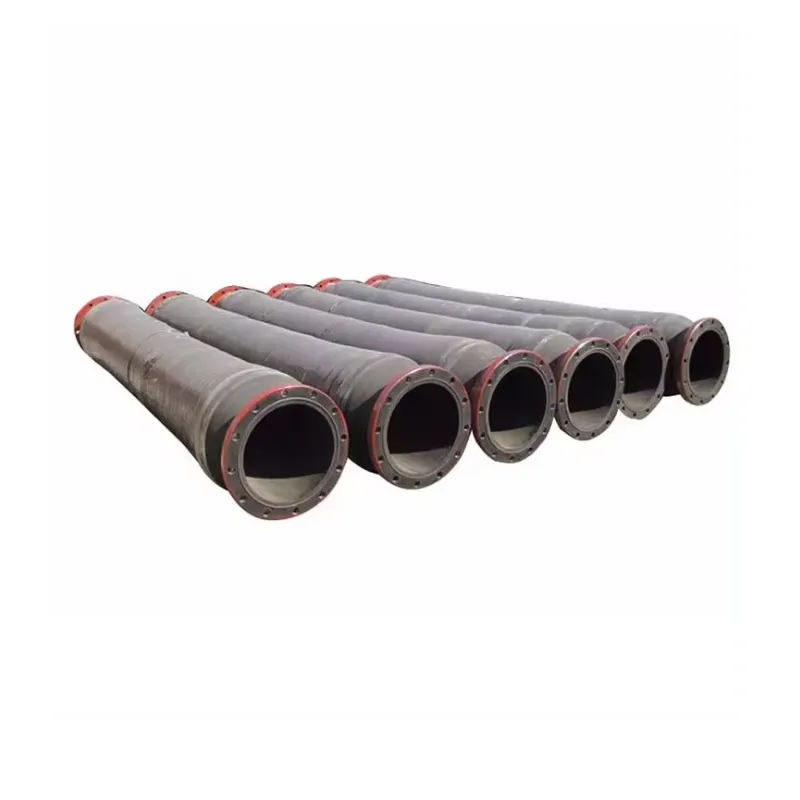
| Feature | JYHose (Floating Dredging Hose) | European Big Brand (A) | Generic Offshore Hose (B) |
|---|---|---|---|
| Rubber Material Quality | Premium NR/SBR + PU (ISO/FDA grade) | NR/Synthetic, medium grade | Mixed SBR/Bulk rubber |
| Buoyancy Layer | High-strength closed cell PU, anti-water absorption (<0.5%) | EVA, moderate absorption | Low-end EVA |
| Reinforcement | 4-6 textile layers + spiral steel | 3-4 cord layers, sometimes steel mesh | 2-3 cord layers, no steel |
| Operational Temperature | -20 ~ +80°C | -10 ~ +70°C | 0 ~ +60°C |
| Custom Flange Type | ANSI/DIN/JIS, customized CNC | Limited options | Standard welded |
| Service Life | 8–10 years | 6–8 years | 4–5 years |
| Certifications | ISO 28017, ISO 9001, CE, ABS | ISO 9001, CE | Only local |
Floating dredging hose can be tailored to client demands:
- Diameter & length (up to 11.8m each, connectable by flanges)
- Enhanced abrasion liner for special media (e.g., high silica, tailing slurry)
- Variable buoyancy – high, med, or low, for different sea state
- UV-resistant white/colored covers for tropical or polar deployment
- Custom end flanges (ANSI/DIN/JIS) and coupling adaptors
- Integrated telemetry cable or anti-static wire for oil product hoses
✓ 2.1km floating dredging hose deployed, daily slurry throughput 16,000 m³.
Feedback: “Reduced bending failures by 50% compared to previous vendor’s hose. Required less on-site maintenance.” — Senior Project Manager, Contractor L****
✓ 1.4km floating oil hose, used in FPSO loading (OCIMF spec).
Feedback: “Handles 1.6MPa working pressure, demonstration of excellent buoyancy even in monsoon seas.” — Oil Terminal Superintendent
✓ 600m floating rubber hose replaced steel pipes. Environmental team reports reduced water turbidity and ecological impact.
✓ Submarine hoses with reinforced NBR liner carried tailings 2.8km, with minimal wear after 27 months.
- Standard production lead time: 18–28 days per 100m
- Express manufacturing (
- 24 months manufacturing defect warranty
- Full traceability for every hose, with batch testing records
- After-sales on-site installation & annual inspection services (available globally)
- 24-hour technical hotline, English/Spanish service teams
- Free API/ISO test certificates & shipping insurance
Floating dredging hose and its optimized variants play a pivotal role in sustainable marine engineering, port expansion, and offshore logistics. By combining advanced materials, high standards (ISO/API), and years of field-proven service worldwide, products from top vendors like JYHose ensure safety, longevity, and low TCO for critical projects.
For further information and live industry discussions, refer to major forums and publications:
Dredging Today - Technology |
OCIMF Publications |
Pipelineresources.org |
IEEE Xplore: Advances in Marine Hoses
Sources: Market Research Future, CEDA Dredging Resources, JYHose Floating Dredging Hose
This is the first article
Latest News
Steel Wire Reinforced Hydraulic Hose SAE 100 R1 / EN853 1SN S
NewsOct.17,2024
Two Layers Steel Wire Reinforced Hydraulic Hose SAE 100 R2 / EN853 2SN
NewsSep.03,2024
Textile Braid Reinforced Hydraulic Hose SAE100 R3+R6
NewsSep.03,2024
Textile Reinforced Hydraulic oil Suction Hose with embedded Steel Wire SAE 100 R4
NewsSep.03,2024
Single Wire Braid and Textile Covered Hydraulic Hose SAE 100 R5
NewsSep.03,2024
High Pressure Thermoplastic Hydraulic Hose SAE 100 R7 / EN855 R7 - SAE 100 R8 / EN855 R8
NewsSep.03,2024
Heavy Duty Four-layer Steel Wire Spiral Reinforced Hydraulic Hose SAE100R9+R10+R12
NewsSep.03,2024
Heavy Duty Multi-layer Steel Wire Reinforced Hydraulic Hose SAE100R13 SAE100R15
NewsSep.03,2024
Latest Products
